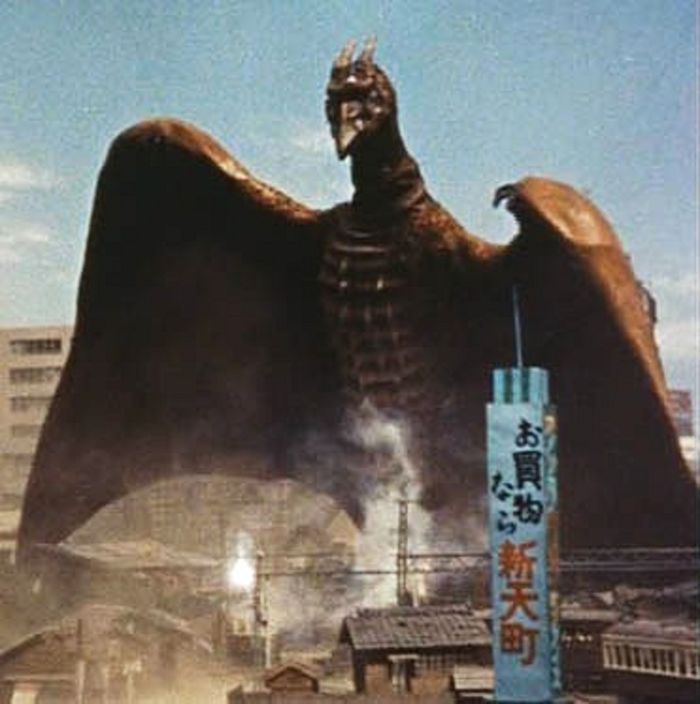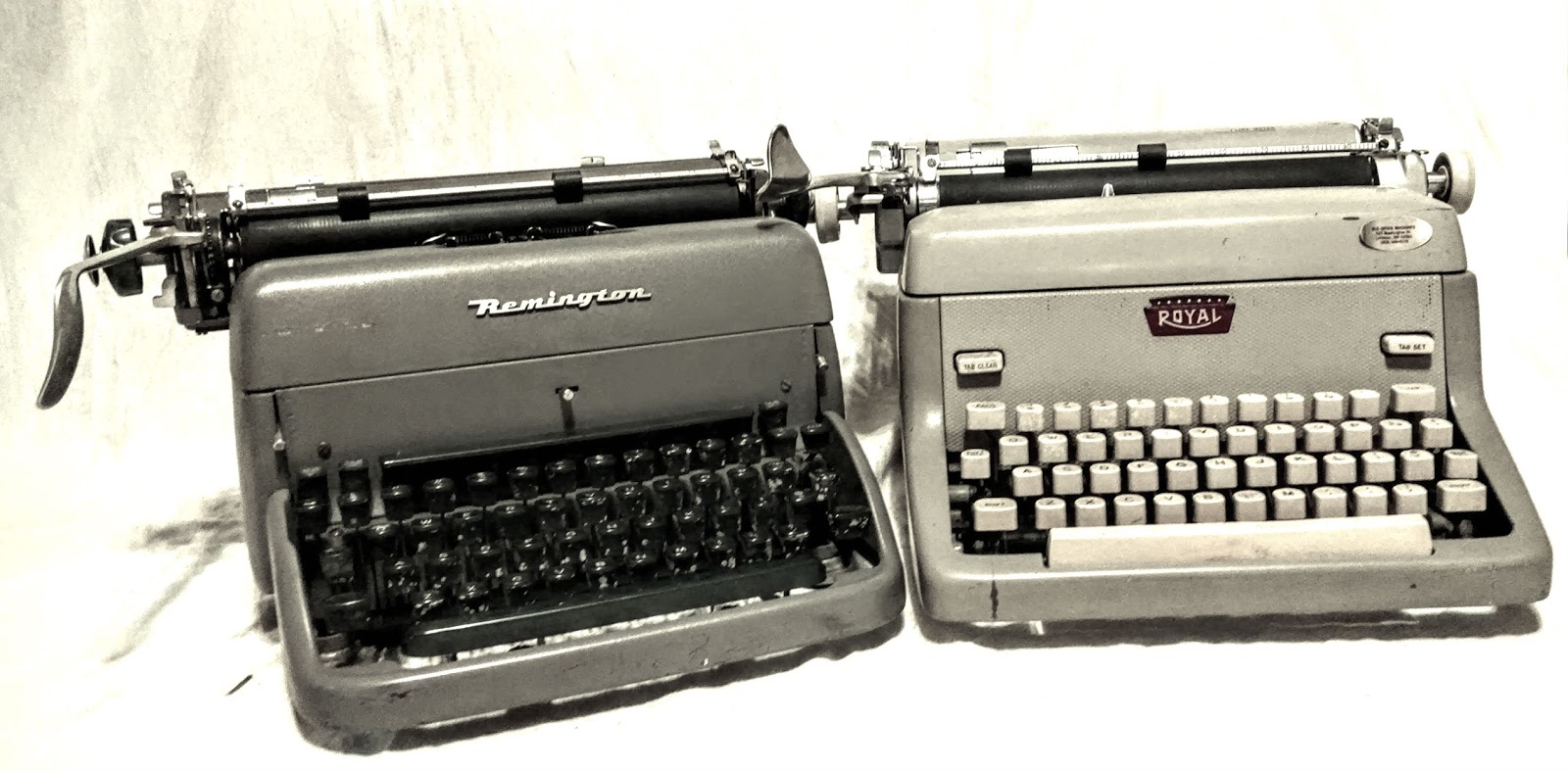
Not to be Confused with the French Sculptor
Collaboration. Not an easy thing to accomplish effectively, but the entire entertainment business is built around the concept, so it’s better to embrace the notion than to fight it.
Seriously, you can’t fight it. I’ve tried.
Sure, some other art forms may allow you to control your project from conception to finished product, but this isn’t sculpture and you’re not Rodin.
As a screenwriter, one of the simplest forms of collaboration is working with a partner. But simplest and simple are two very different words (actually they’re not that different – just two letters, to be specific. Their meanings, however, can be).
THE PROS
Shared responsibility and twice as much imagination to solve problems, think up great scenarios, and brainstorm ideas.
THE CONS
Two different writing styles can sometimes be hard to merge, and opinions as to how to proceed, or what line works best in a particular instance can grind projects to a halt and damage friendships. Also, lead to violence and the occasional restraining order.
And even if you do get along swimmingly, you still have to split the spoils.

When Smith Met Corona…
But let’s say you’ve embraced the risks and decided to throw your lot in with a writing partner. Before you take your vows, what should you be looking for to get the most out of this creative marriage?
Ideally, partners should have different strengths that complement each other. One is great at character, while the other excels at plot… One is deft with dialogue, and the other writes the crap out of action scenes… One is good at ordering the food, while the other really knows how to handle the delivery guy at the door… You get the idea.
Not to say you can’t be productive with a writing partner who shares your strengths, you’ll just get more out of it if you both bring something unique to the table.
I can say most of this from experience, as I’ve been a part of many different types of writing collaborations throughout my career, and most of the projects I’ve worked on recently have been with Rhonda Smiley, who’s also my collaborator in life.
That specific subset of professional relationship – which is simultaneously personal – can come with its own special obstacles.
In cases like ours, struggles to come to a consensus on lines, sequences, or schedules can easily seep beyond the professional boundaries and lead to tense dinners and terse conversations. Provided there are conversations at all. Still, we’ve made it work so far.
WRITING PARTNER STYLES

The Dream Team. And Mel.
▪The classic version is what I refer to as The Dick Van Dyke Method – One person sits in front of the computer (for Sally Rogers, it was a typewriter) and types out the script on the spot as they and their collaborators come up with lines and scenes out loud.
▪The Hereth/Smiley Method (Rhonda would probably call it the Smiley/Hereth Method, but this is my blog) – Ideally over a meal (the specific meal isn’t important, as long as there’s food and/or drink and the table has enough real estate for two plates and a notepad), we break an outline together.
For television scripts, one of us will then take the first pass and subsequently hand it off to the other, and back and forth until we’ve filled in all the gaps and are happy with the results (or can’t stomach the idea of reading it again for the twentieth time).
For features, we’ll break the outline into four sections and then each tackle two. After that, we combine, do notes, and then trade off rewrites.
▪The Other Method – I swear I’ve heard of partners each writing their own versions of scripts and then combining the best parts. That, however, is insane.
Regardless of your method (and it should be whatever works best for your particular team), what you learn over time is that you have to give in a little – like with every collaboration or partnership. You can’t try to dominate the relationship or you’re going to stifle or push away your partner.
Maybe some things aren’t going to end up the way you would do them if you were writing them by yourself. That’s okay, you’re not writing them by yourself.
Sure, sometimes there are going to be things you want to fight for. Just pick your battles. Maybe trade lines or beats. I really want this here, you wanted something else over there. If I can have this, I can let you have that. Compromise.
Oh, and although it may sound like an awkward thing to broach, you really should consider putting together some sort of collaboration agreement before you start. I know it seems a little formal, but if anything goes wrong (or one of you just becomes unavailable or uninterested), there’s an understanding in place as to how to proceed from that point.
Here’s a template from the WGA, though you can also inquire of the Google.
By the way, I’m not a lawyer (I only own one suit, after all), so I’ll just say to please use some common sense when you put one of these together, and no matter what happens… Don’t sue me (I think that’s a standard disclaimer I should put on every post).

Just Weird, Right?
Ultimately, if you’re a lone wolf or an absolute control freak, then a partnership is probably not for you. But if not – two heads, as they say, might be better than one. Well, except if they’re on the same body.
Then it’s just weird.
![[TEXTSMITH] BLOG](https://blog.jameshereth.com/wp-content/uploads/2016/07/cropped-cropped-BulbsPlus.jpg)